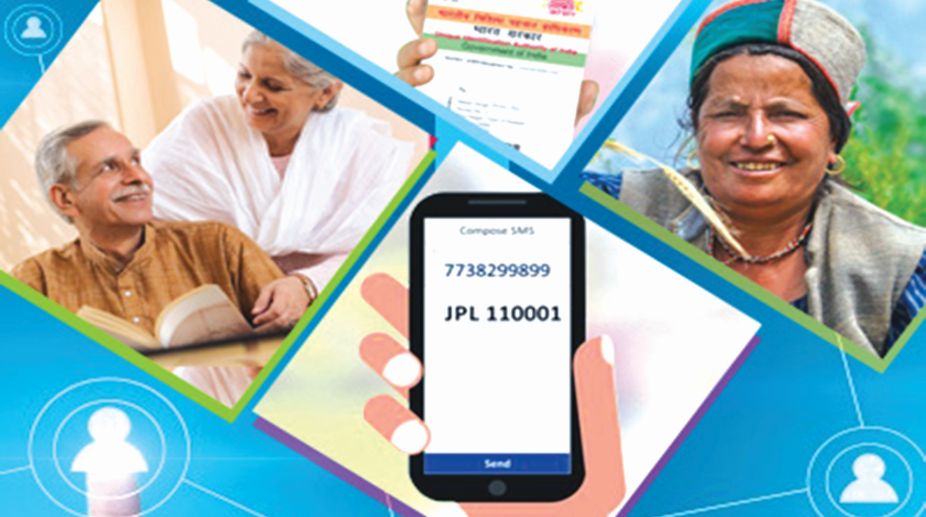There are more than a dozen pensioners among my dear ones whose yearly anxiety begins from about the time of Durga Puja. Yes, November approaching, they’ll have to submit life certificates to their banks, in order to keep their livelihood uninterrupted.
This is perfectly legitimate as the authorities need to ascertain that the pensioner is still alive, in order to resist any possibility of foul play. But, on the other hand, many pensioners, as they become older and older, become sick, unable to move of their own, or even become bed-ridden.
Advertisement
How will these people, for whom even survival is a difficult proposition, visit their banks and queue up there? Some of their relatives will have to manage to take their immovable bodies to banks by some device to fulfill the requirement. That is how the system functions.
Even if the digital way of submitting life certificates becomes completely operational, I have my doubts about how many pensioners will be able to avail the facility, for they would need internet-savvy family members or friends to help them. Of course, there are other ways of submitting a life-certificate, which are never easy to manage for common people.
Some of my relatives have their pension accounts in bank branches (called the mother branch) in districts, although they draw their pension from another branch of the same bank in Kolkata, where they live now.
I’m surprised to see that even the life certificate forms available at the two branches vary. So, in November every year, it is a huge project for them to get the form from the mother branch, get the life certificates signed by the Kolkata branch, and then deposit them in the mother branch again.
This year I visited one bank in connection with the life certificate of one of my bed-ridden relatives. The manager was kind enough and told me that we needed to come back after a week and take a bank staff to the house of the pensioner for physical verification.
I proposed that I might be allowed to connect that pensioner with the manager through WhatsApp video conference, and he might then talk to him for verification.
While as a citizen of Digital India, I was enthused by my idea, the manager rejected it outright. So, we had to spend another day for the manual verification by the bank. My question is whether we truly are a part of Digital India or divorced from the glamour and convenience of technology.
However, I firmly believe that such mobile video verifications might work more effectively for older pensioners, for Digital India might have an estimated 600 million mobile Internet users in 2020. Can it be tried systematically for the benefit of older pensioners?
Later, if Aadhaar is not derailed by the verdict of the five-judge bench of the Supreme Court, and if even deaths are registered in the Aadhaar database at the time of cremation, will that be the end of this painful exercise of furnishing life certificates?
Even otherwise is it too difficult to link all the death registration databases to pension accounts, which might make life certificates redundant? Other finer details can also be sorted out, I’ve no doubt about that.
The writer is Professor of Statistics at the Indian Statistical Institute, Kolkata.











